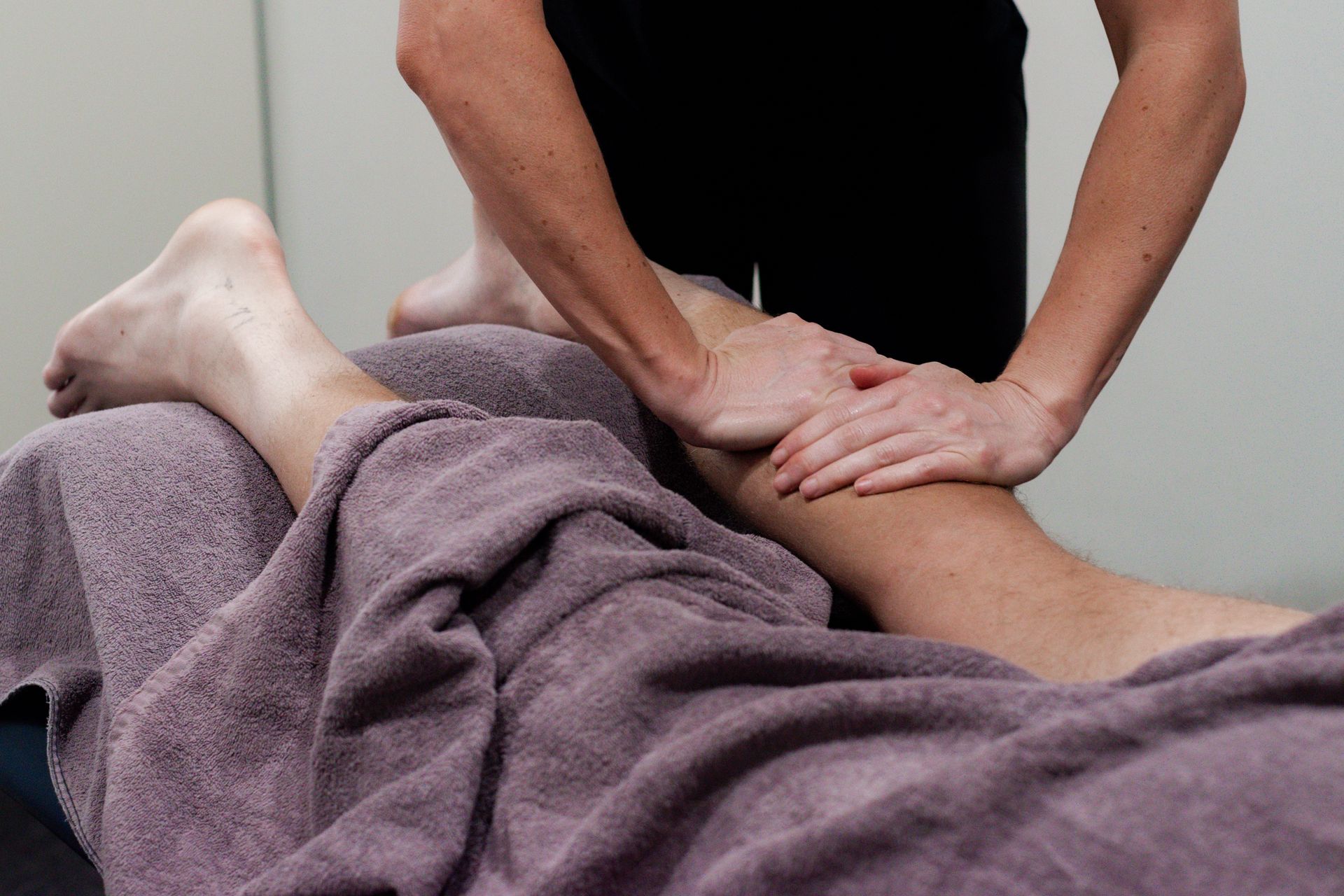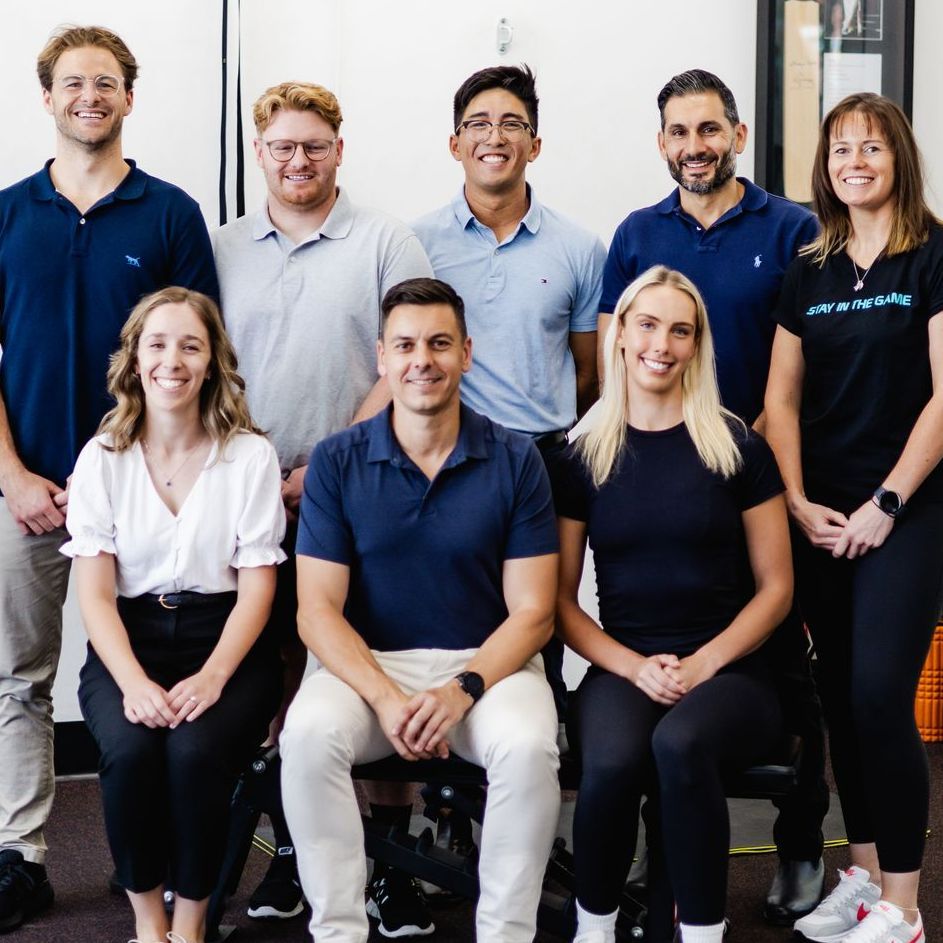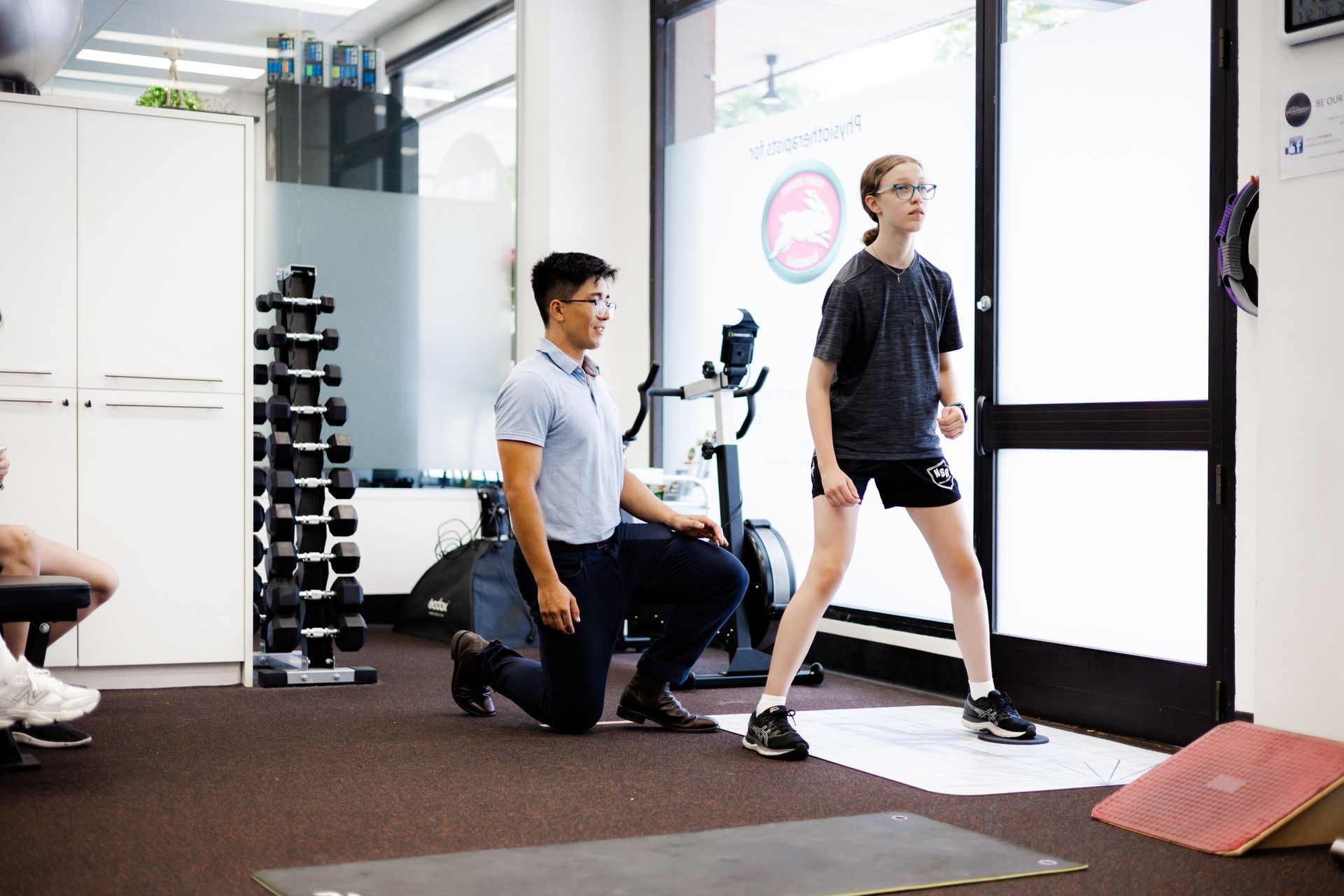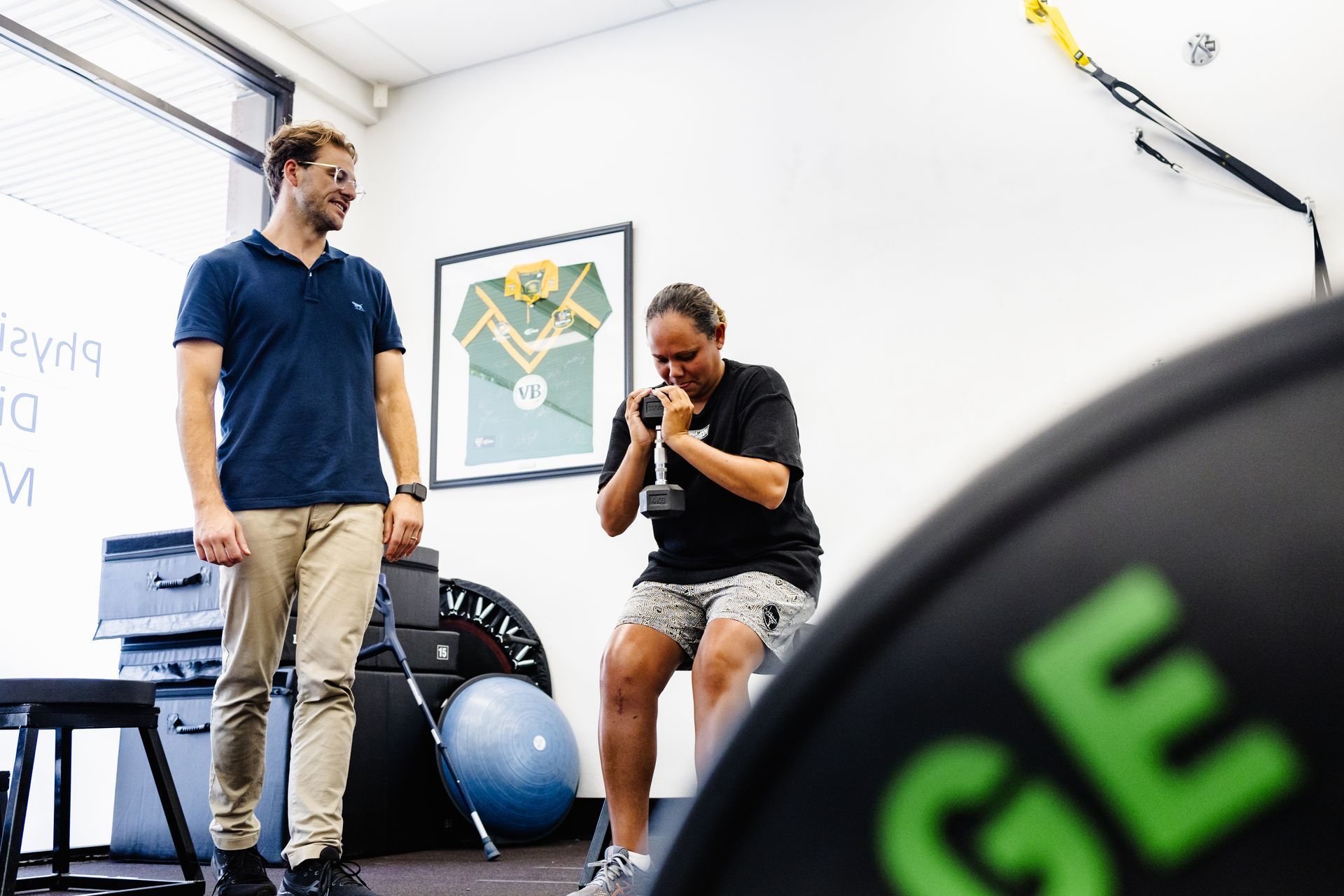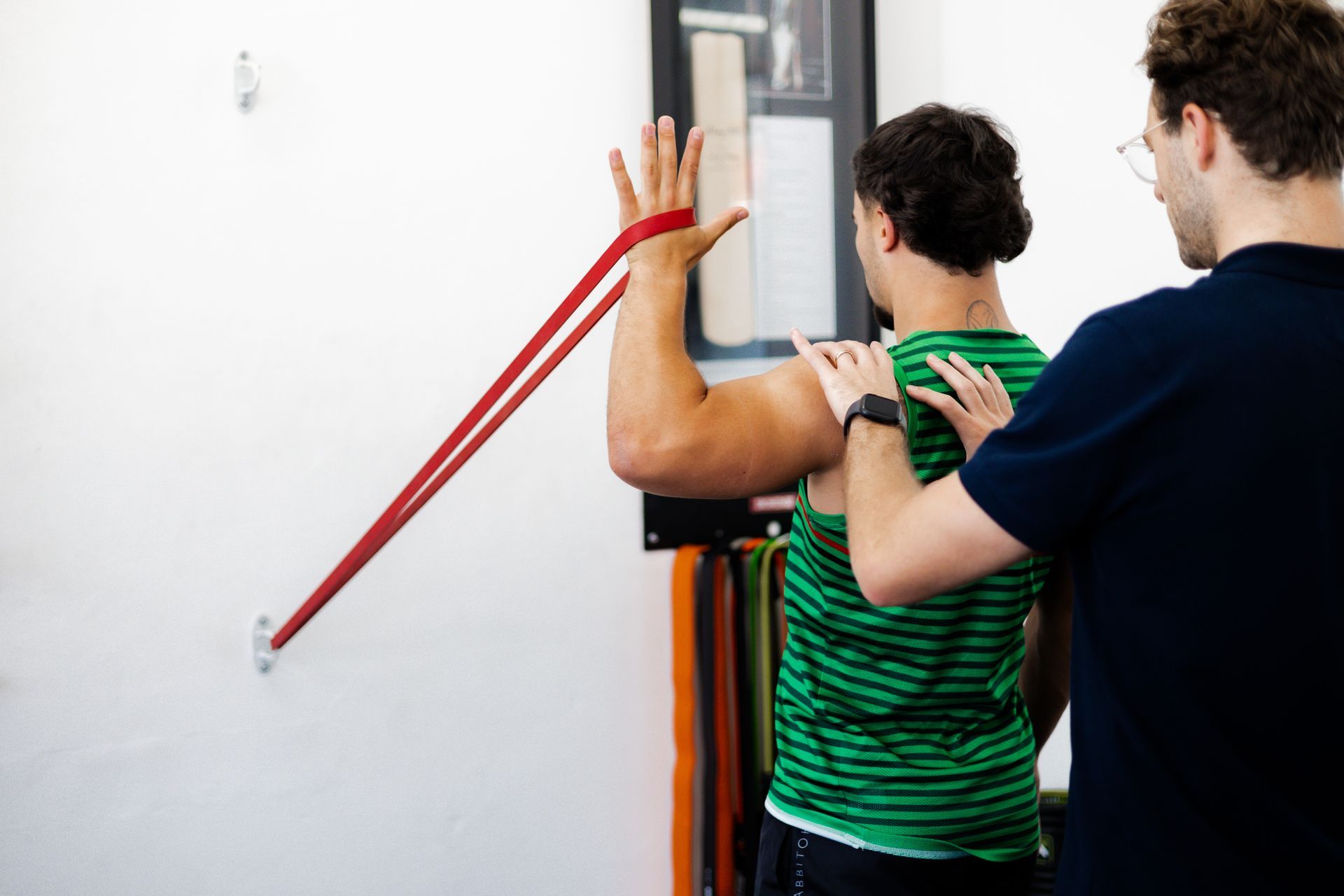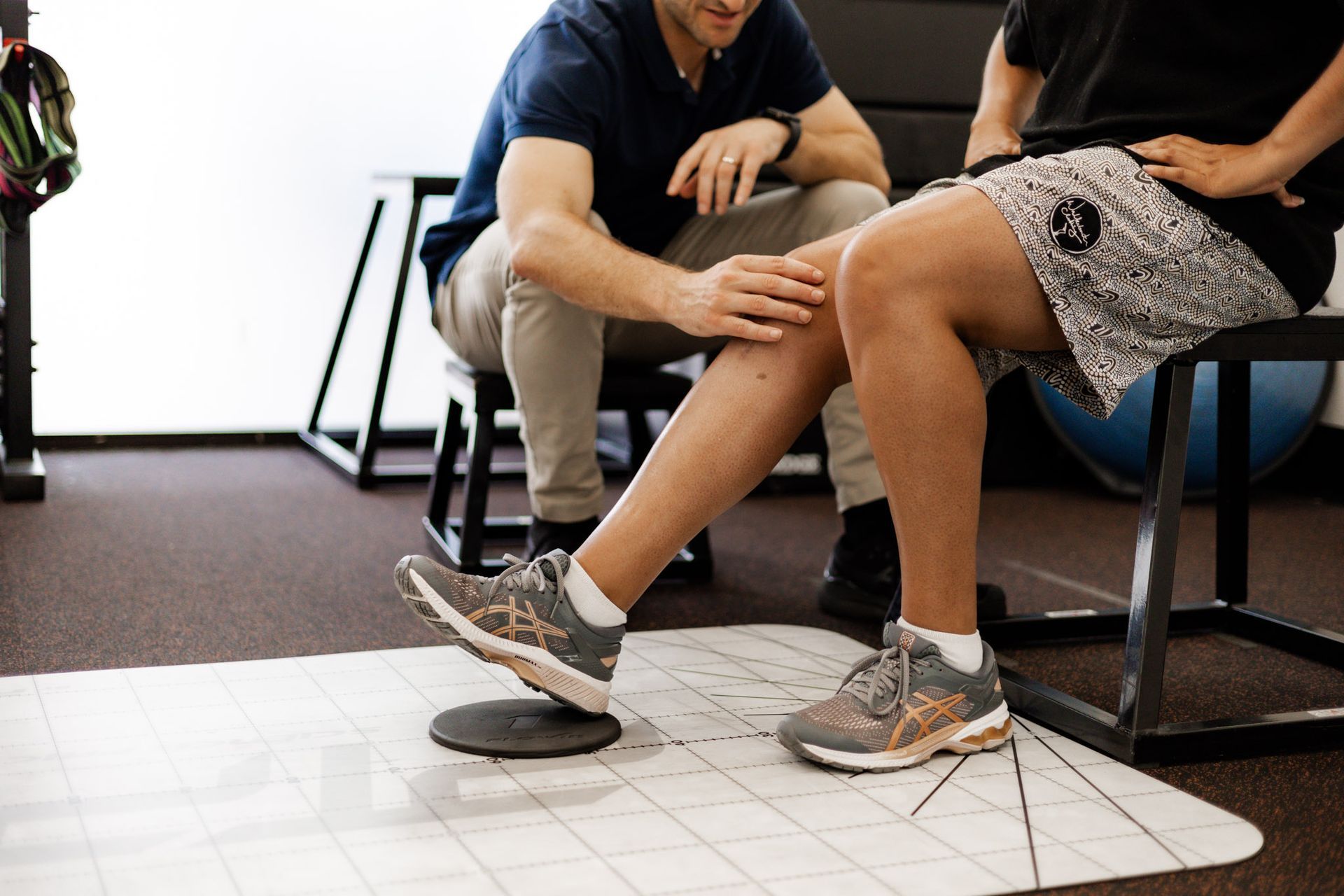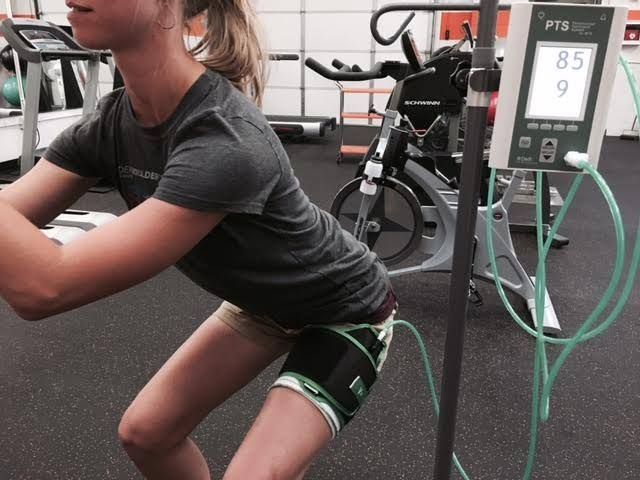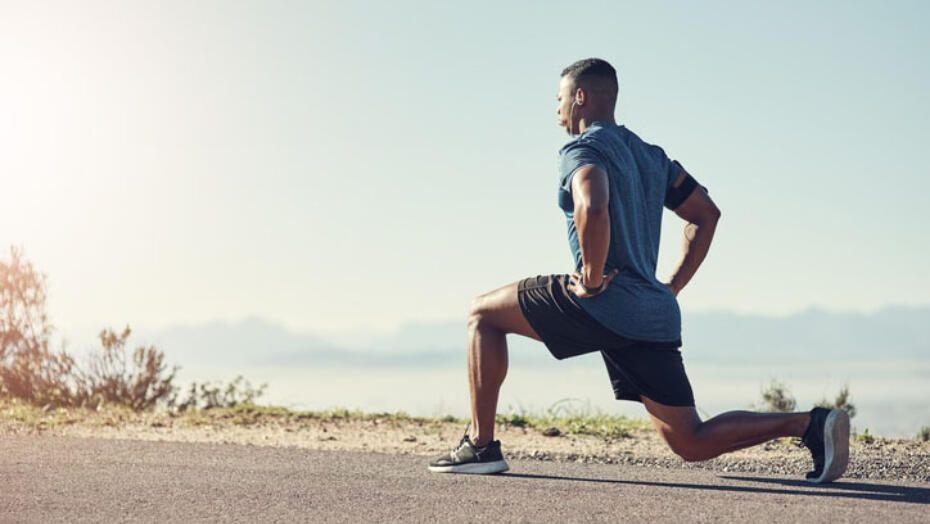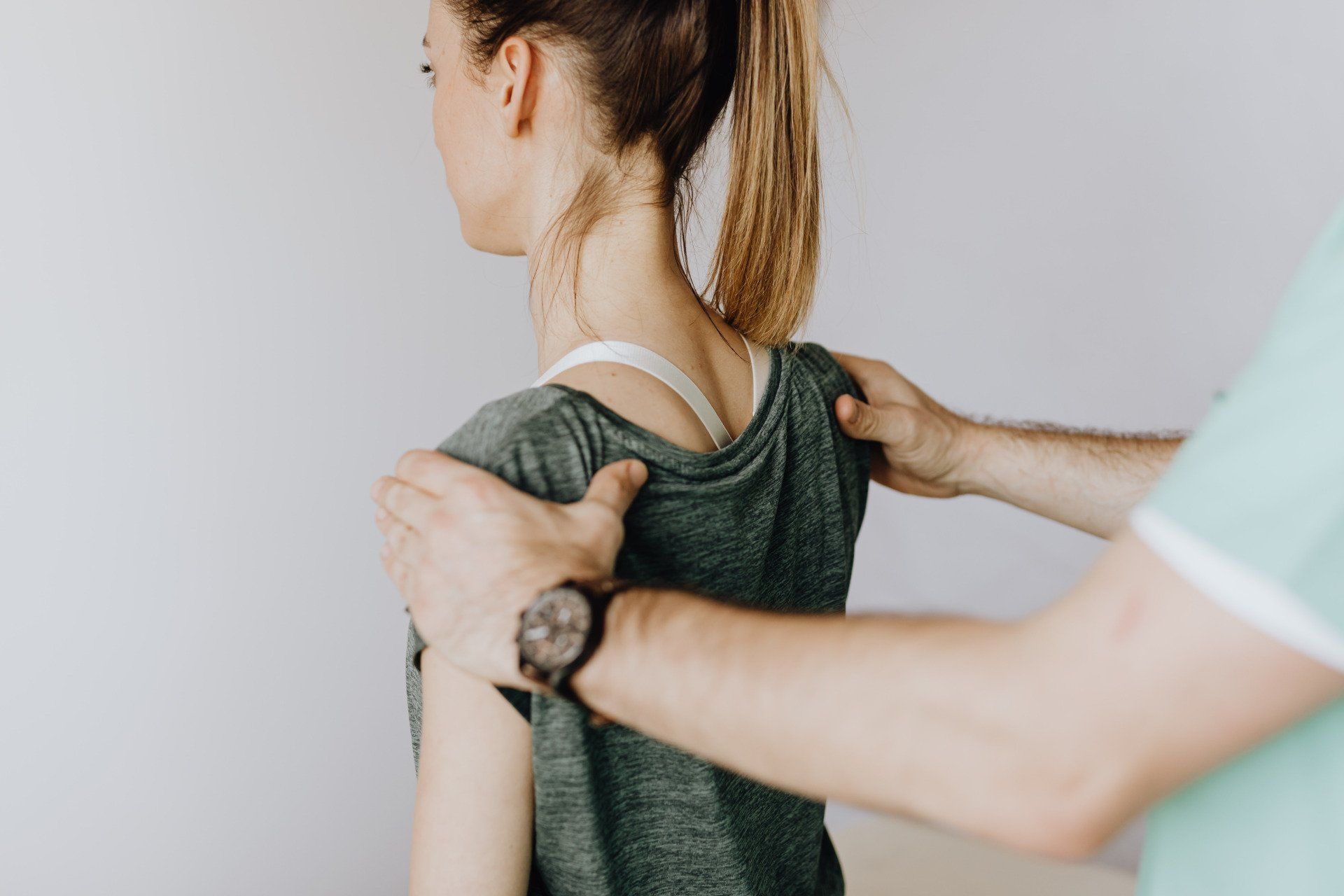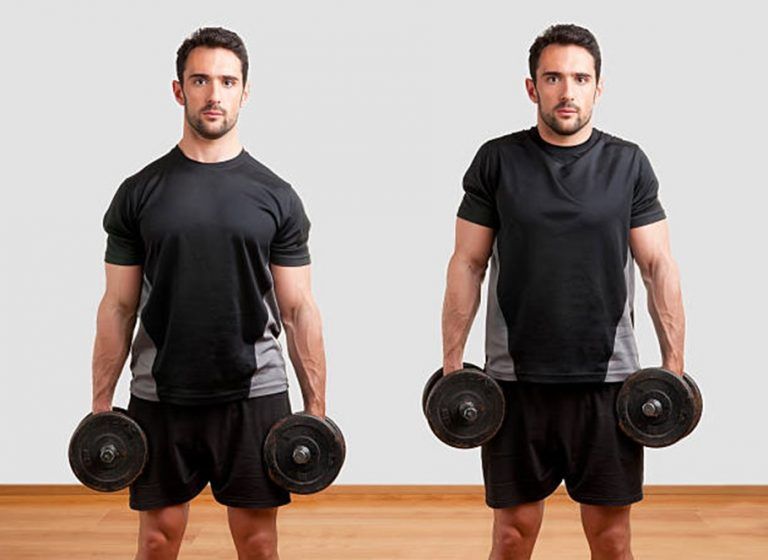What Causes Bone Stress Injuries? Risk Factors Explained by Sports Physios
What Causes Bone Stress Injuries?
Bone stress injuries (BSIs), often referred to as stress fractures, occur when repetitive loading on a bone exceeds its ability to remodel and recover. These injuries are common among runners, athletes, military recruits, and active individuals who rapidly increase training loads.
At Redfern Physiotherapy and Sports Medicine, we regularly treat athletes and everyday runners with BSIs. Understanding the risk factors behind bone stress injuries is essential for prevention, early diagnosis, and effective rehabilitation.
What is a Bone Stress Injury?
A bone stress injury develops when tiny amounts of microdamage accumulate in the bone faster than the body can repair them. If not managed, this can progress to a stress fracture, a visible crack in the bone that requires longer recovery.
These injuries most often affect weight-bearing bones, including the tibia, fibula, metatarsals, femur, and pelvis.
Intrinsic Risk Factors (Within the Body)
Intrinsic factors are linked to an individual’s biology and biomechanics.
1. Bone Health and Density
- Low bone mineral density (BMD) and osteoporosis increase susceptibility.
- Conditions such as Relative Energy Deficiency in Sport (RED-S) or the female athlete triad (low energy intake, menstrual dysfunction, low BMD) are major contributors.
- A 2023 review found athletes with RED-S had up to 3x greater risk of developing BSIs.
2. Sex and Hormonal Status
- Females have a higher incidence, particularly in endurance sports.
- Menstrual irregularities and low oestrogen levels reduce bone repair capacity.
- Oestrogen plays a crucial role in bone metabolism and remodelling.
3. Anatomical and Biomechanical Factors
- Foot arch morphology: both flat feet (pes planus) and high arches (pes cavus) alter force distribution.
- Leg length discrepancies or alignment issues (e.g., knock knees, hypermobility).
- Muscle weakness, especially in hip stabilisers and calves, can create compensatory loading.
4. Previous Injury
- Athletes with a history of BSIs or lower-limb injuries are more likely to experience recurrence due to lingering biomechanical deficits.
Extrinsic Risk Factors (Training & Environment)
Extrinsic factors relate to the external stresses placed on the body.
1. Training Load and Intensity
- Rapid increases in training volume, frequency, or intensity are the leading cause of BSIs.
- A 2022 meta-analysis found runners who increased weekly mileage by >10% were 2.5x more likely to develop BSIs.
- Physiotherapist-guided load management plans can reduce this risk.
2. Training Surfaces and Footwear
- Hard or uneven surfaces increase impact.
- Worn-out or unsupportive shoes raise loading stress.
- Sports physios can provide running gait assessments and footwear recommendations.
3. Nutrition and Recovery
- Inadequate calcium, vitamin D, and protein intake negatively impacts bone health.
- Vitamin D deficiency has been linked with higher BSI risk in military populations.
- At Redfern Physio, clients are also able to book in with our in-house dietitian, who can provide tailored nutrition strategies to support bone strength, energy availability, and recovery.
- Poor sleep and insufficient recovery time further impair repair processes.
4. Environmental and Psychological Stressors
- Psychological stress and elevated cortisol interfere with bone turnover.
- High-altitude or cold-weather training may also increase susceptibility.
How Risk Factors Interact
Bone stress injuries rarely result from a single cause. Instead, it’s usually a combination of intrinsic and extrinsic factors. For example:
- A female runner with irregular periods (intrinsic) who rapidly ramps up her mileage (extrinsic) has compounded risk.
- Poor biomechanics plus inappropriate footwear amplifies strain, often leading to shin pain, stress fractures, or long-term rehab needs.
How Physiotherapy and Nutrition Help Manage and Prevent BSIs
At Redfern Physio, our multidisciplinary team offers:
- Early diagnosis of BSIs using clinical assessment and imaging referrals.
- Load management plans to gradually build training volume.
- Strength programs targeting hips, calves, and core for better load distribution.
- Nutritional support with our in-house dietitian, focusing on calcium, vitamin D, protein, and fuelling strategies to prevent RED-S.
- Footwear and running assessments to correct biomechanical issues.
Key Takeaway
Bone stress injuries result from the interplay of biological vulnerabilities and training errors. Recognising modifiable risk factors like training load, footwear, nutrition, and recovery can dramatically reduce risk.
If you’re experiencing persistent bone pain or preparing for events like the Hoka Half Marathon, early intervention is essential.
Book a consultation with our sports physio team and dietitian in Redfern today to prevent injury, improve performance, and recover stronger.

